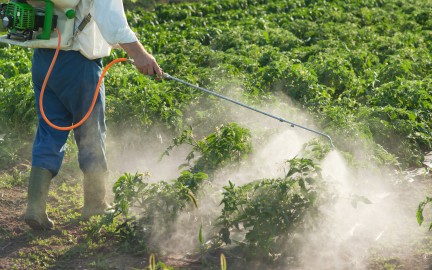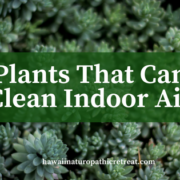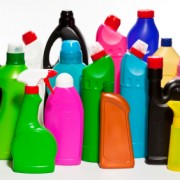Toxins – What Are They?
What is a Toxin?
Dorland’s medical dictionary defines a toxin as a poison. Dorland medical dictionary further defines a poison as “any substance which, when relatively small amounts are ingested, inhaled, or absorbed, or applied to, injected into, or developed within the body, has chemical action that may cause damage to structure or disturbance of function, producing symptomatology, illness or death.”
Numerous animal studies have linked many of the more than 24,000 toxins that exist in our environment to negative health effects on the following systems:
- Cardiovascular system
- Nervous system
- Endocrine system
- Respiratory system
- Reproductive system
- Immune system
Many household toxins have also been linked to mental and physical developmental problems in children.
Different Types of Toxins
Endotoxins
Some toxins are endotoxins: they are created by our own system – they come from the foods we eat, and from the daily wear-and-tear in our bodies:
- poor digestion
- poor elimination,
- colon sluggishness
- colon dysfunction
- reduced liver function
- poor elimination through the kidneys
- poor elimination through the respiratory tract
- poor elimination through the skin
All these add to increased toxicity. Normal products of metabolism act as toxins. Free radicals are produced.
Exotoxins
Other toxins are exotoxins: They come from the enviroment.
The most frequent exposure to exotoxins comes from the house. Because we are unable to feel, see, smell, or taste many household toxins at first contact, it is important to be aware of the most common household toxins and to proactively prevent or reduce our exposure to them.
Other common sources of dangerous toxins come from drugs, both medical (medicines), recreational (alcohol, tobacco) and illegal (marijuana, opium, etc.). Another source is toxin-containing foods (night shade family plants, hot peppers, etc.) and drinks (coffee, soft drinks).
The most common household toxins are as follows:
Triclosan: an antibacterial agent chemically similar to the dioxin class of compounds. Linked to immune system and endocrine system dysfunction. Most commonly found in many liquid soap and in some deodorants, toothpastes, cosmetics, kitchenware and children’s toys. Exposure to household toxins is linked to just about every disease that we know and most notably to cancer.
Phthalates: Large phthalates are chemicals that are added to plastics to impart resilience and flexibility. Smaller phthalates are used to prolong the length of time that a scented product maintains its fragrance. Linked to: endocrine, reproductive, and developmental problems. Most commonly found in: vinyl flooring, plastic food packaging, plastic bags, plastic clothing, detergents, children’s toys, shower curtains, and personal care products like soap, shampoo, nail polish, and hair spray.
Bisphenol A: used in epoxy resins that line some metal cans, and to make polycarbonate plastics utilized in a variety of food containers and baby products. Linked to: endocrine problems. Most commonly found in: food and drink containers, baby bottles, teethers, toys, metal food cans, and dental sealants used to prevent cavities.
Carbon monoxide: formed from incomplete combustion of fuel. Carbon monoxide decreases delivery of oxygen to cells. Linked to: cardiovascular and nervous system failure. Most commonly produced by: leaking furnaces and chimneys, gas stoves, wood stoves and fireplaces, back-drafting from gas water heaters, and auto exhaust from an attached garage or nearby traffic.
Perfluorinated chemicals: used to make stain-repellents and non-stick surfaces. Linked to: many different types of cancer and developmental problems in children. Most commonly found in: teflon-coated cookware, microwave popcorn bags, and stain-guarded clothing, furniture, and carpets.
Volatile organic compounds (VOCs): chemicals that are released into the air as gases. Linked to: reproductive, respiratory, neurological, and developmental problems. Also linked to different types of cancer. Most commonly found in: air fresheners, hair spray, perfumes, cleaning products, paints, carpets, and furniture made out of pressed wood.
Radon: odorless gas that forms as uranium in rocks and soil breaks down. Linked to: lung cancer. Most commonly found in: confined spaces, the most common of which are poorly ventilated basements that have cracked walls and/or floors.
Lead: a heavy metal that can build up in our tissues. Linked to: cancer, neurological dysfunction, hormonal imbalances, reproductive problems, and developmental problems in children. Most commonly found in: lead plumbing pipes found in older homes, lead-based paint, crystal tableware, and some varieties of imported mini-blinds.
Pesticides and herbicides: linked to problems with the nervous system, and possibly a risk factor for cancer, developmental challenges, and reproductive problems. Most commonly found in: non-organic food supply, non-organic farming regions, and non-organic landscaped areas that are well maintained.







